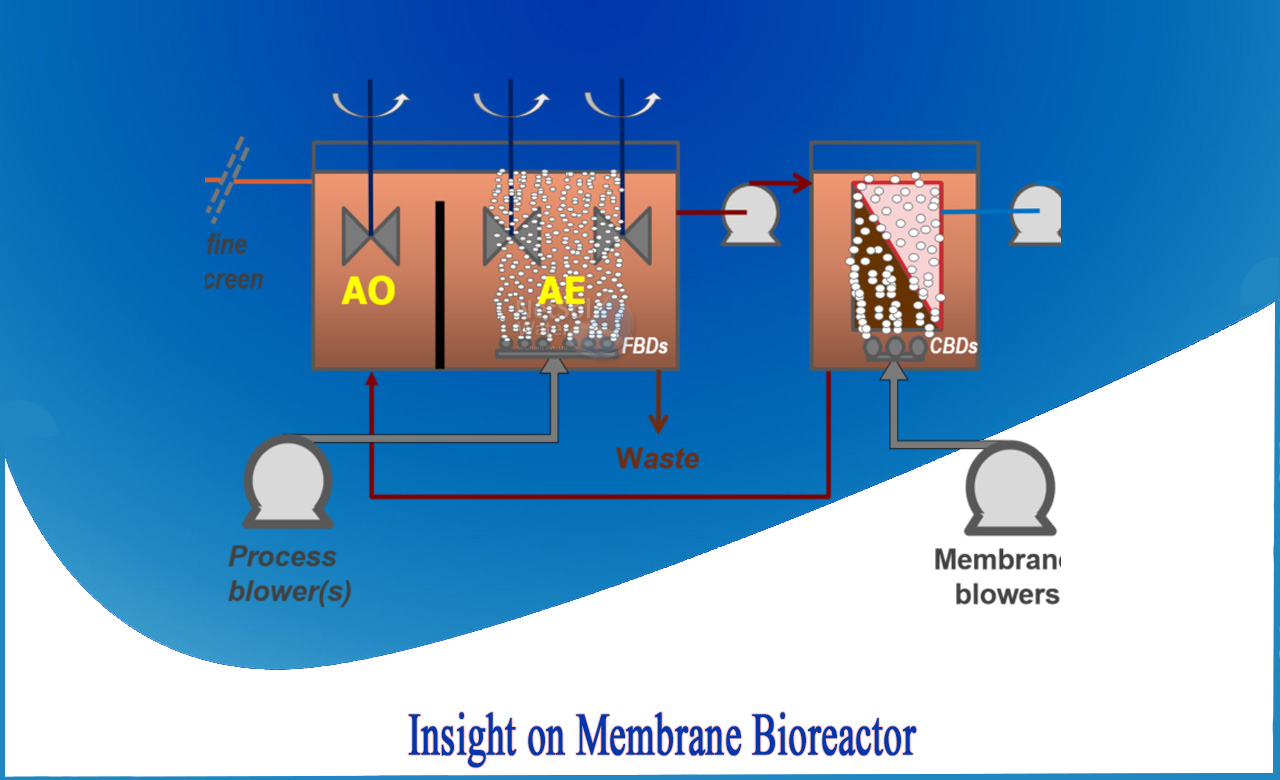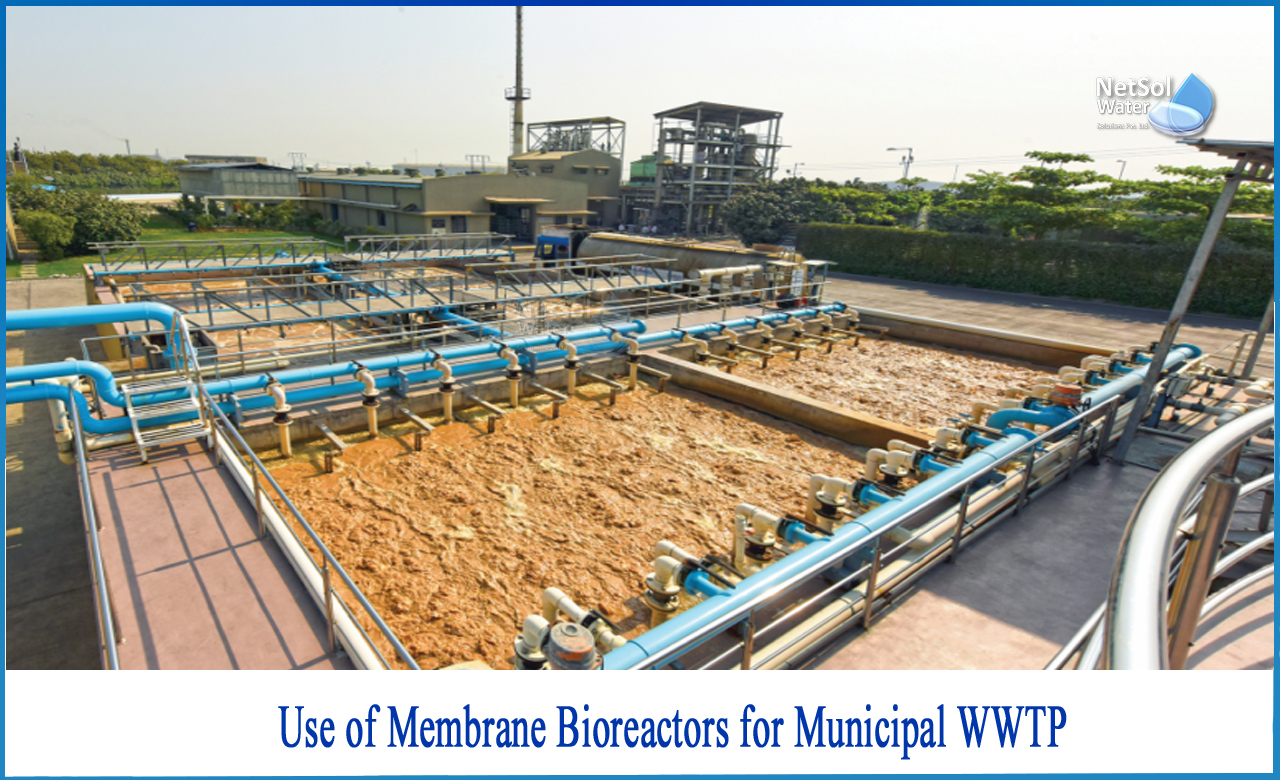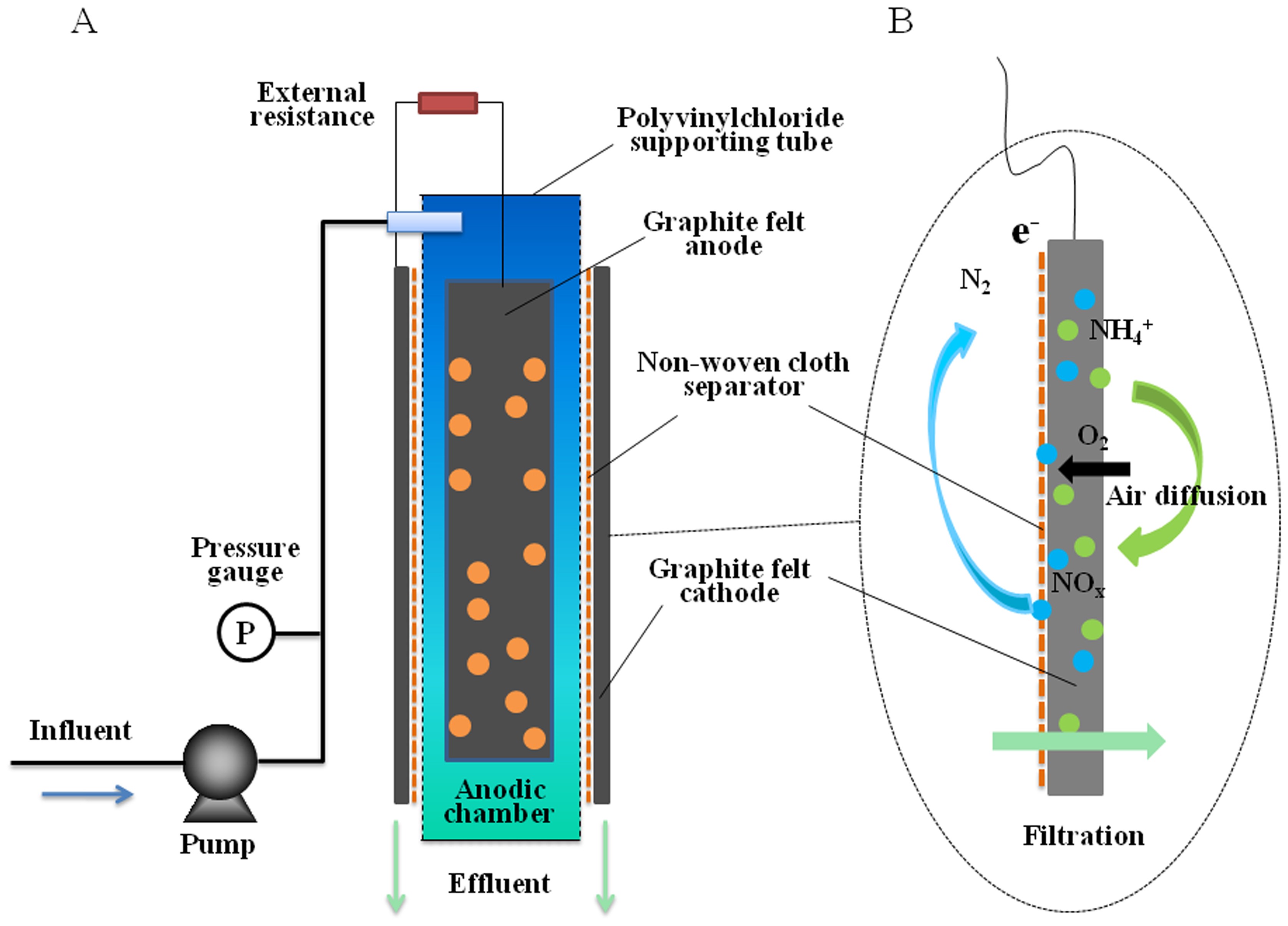Future Trends in Membrane Bioreactor Technology and Its Global Impact
Future Trends in Membrane Bioreactor Technology and Its Global Impact
Blog Article
Exactly How Membrane Bioreactors Are Transforming Water Purification Solutions
The appearance of membrane bioreactors (MBRs) represents a substantial improvement in the field of water purification, merging biological therapy processes with cutting-edge membrane layer filtration modern technologies. As worldwide water deficiency escalates, the duty of MBRs in facilitating drinkable water reuse and lasting water management comes to be increasingly vital.
Overview of Membrane Bioreactors
Membrane bioreactors (MBRs) stand for a substantial advancement in water purification innovation, as they integrate biological therapy processes with membrane layer filtration. This assimilation boosts the effectiveness of wastewater treatment by making use of microorganisms to deteriorate organic pollutants while simultaneously using semi-permeable membrane layers to different cured water from put on hold pathogens and solids.
The MBR system commonly contains a biological activator where the microbial populace metabolizes impurities, complied with by a membrane layer filtration system that keeps biomass and permits just tidy water to pass through. This double capability results in greater effluent quality contrasted to traditional therapy approaches. MBRs can be run in both batch and continuous flow modes, using adaptability in layout and application.
In Addition, MBRs are characterized by their portable footprint, making them suitable for urban setups with room constraints. Membrane Bioreactor. They also allow the recuperation of water for reuse, thus contributing to water sustainability initiatives. While MBR modern technology has gained appeal in local and commercial applications, its operational intricacies and energy demands demand cautious consideration throughout execution. Overall, MBRs are at the center of enhancing water therapy effectiveness and high quality, showcasing the possibility for cutting-edge options in environmental monitoring.
Benefits of MBR Modern Technology
The combination of biological treatment with membrane filtration supplies numerous benefits for water purification procedures. One of the key benefits of Membrane layer Bioreactor (MBR) innovation is its capability to successfully eliminate both not natural and organic impurities, bring about top quality effluent. The membranes work as a physical obstacle, stopping suspended solids and microorganisms from travelling through, which boosts the overall safety and integrity of treated water.
In addition, MBR systems need a smaller sized footprint compared to conventional therapy approaches, enabling for a lot more reliable area use. This compact design is particularly helpful in city settings where land is restricted. MBRs additionally show functional versatility, suiting varying influent top qualities and circulation prices without significant efficiency degradation.
Additionally, the process provides boosted nutrient elimination abilities, particularly for nitrogen and phosphorus, which are critical for protecting against eutrophication in obtaining waters. The minimized sludge manufacturing connected with MBR modern technology also equates to lower disposal costs, making it a cost-effective option in the future - Membrane Bioreactor. On the whole, the benefits of MBR modern technology position it as a leading selection for sustainable and ingenious water purification systems, attending to both ecological and economic issues
Applications in Water Filtration
Applications of Membrane Bioreactor (MBR) technology in water filtration are diverse and impactful, resolving different therapy needs throughout multiple fields. MBRs effectively combine organic treatment processes with membrane layer purification, making them suitable for local wastewater treatment, industrial effluent management, and even safe and clean water reuse efforts.
In metropolitan settings, MBRs are significantly utilized to enhance the high quality check over here of treated wastewater, permitting compliance with rigid discharge policies and promoting the recycling of water for watering and non-potable uses. Their portable design likewise makes them ideal for urban atmospheres where space is limited.
Industrially, MBR technology is used to deal with procedure water and wastewater, especially in sectors such as food and drink, drugs, and textiles. By efficiently getting rid of pollutants and put on hold solids, MBRs assist sectors lessen environmental influences while recouping beneficial sources from wastewater streams.
In Addition, MBRs are gaining traction in decentralized water treatment applications, where small-scale systems can be deployed in remote areas or establishing areas. This visit this site adaptability allows areas to achieve lasting water administration solutions, improving accessibility to tidy water while reducing dependence on standard treatment techniques.
Instance Research Studies and Success Stories

In one more example, a fabric manufacturing center in Bangladesh embraced MBR modern technology to resolve its wastewater difficulties. The system minimized chemical oxygen demand (COD) degrees from 1,200 mg/L to less than 100 mg/L, hence meeting regulative criteria and considerably minimizing environmental impact.
The University of Cape Town's MBR installation has verified effective in treating greywater for non-potable reuse on campus. This job not just conserves potable water yet also functions as an instructional model for sustainable practices.
In addition, a fish and shellfish processing plant in Norway used MBR innovation to treat effluents including high degrees of organic issue, accomplishing over 90% contaminant removal. These instance research studies highlight MBR technology's versatility and its vital function in enhancing water quality throughout varied applications.
Future of Water Treatment Solutions
As worldwide water scarcity and pollution challenges heighten, ingenious water therapy remedies are coming to be progressively important to make sure lasting access to tidy water. The future of water treatment depends on the assimilation of sophisticated modern technologies that improve the performance and efficiency of purification procedures. Membrane bioreactors (MBRs) go to the center of this evolution, combining organic therapy with membrane layer purification to produce top notch effluent ideal for various applications.

Arising fads such as resource healing from wastewater, consisting of nutrients and energy, will even more change treatment facilities into environment-friendly hubs. Additionally, improvements in nanotechnology and membrane layer products guarantee improved performance and long life of filtration systems.

Final Thought
Their function in potable water reuse and sustainable water monitoring highlights their relevance in addressing international water scarcity difficulties. Continued study and development will additionally enhance the efficacy and fostering of MBR modern technology, making certain a resistant future for water treatment solutions.
The appearance of membrane layer bioreactors (MBRs) stands for a substantial innovation in the field of water purification, combining organic treatment processes with sophisticated membrane filtration innovations. As global water deficiency heightens, the role of MBRs in promoting potable water reuse and lasting water monitoring becomes progressively important. They likewise enable the healing of water for reuse, therefore adding to water sustainability initiatives.As worldwide water shortage and pollution obstacles intensify, innovative water treatment remedies are ending up being significantly essential to guarantee lasting access to tidy water. Their duty in safe and clean water reuse and lasting water administration highlights their importance in dealing with worldwide water scarcity challenges.
Report this page